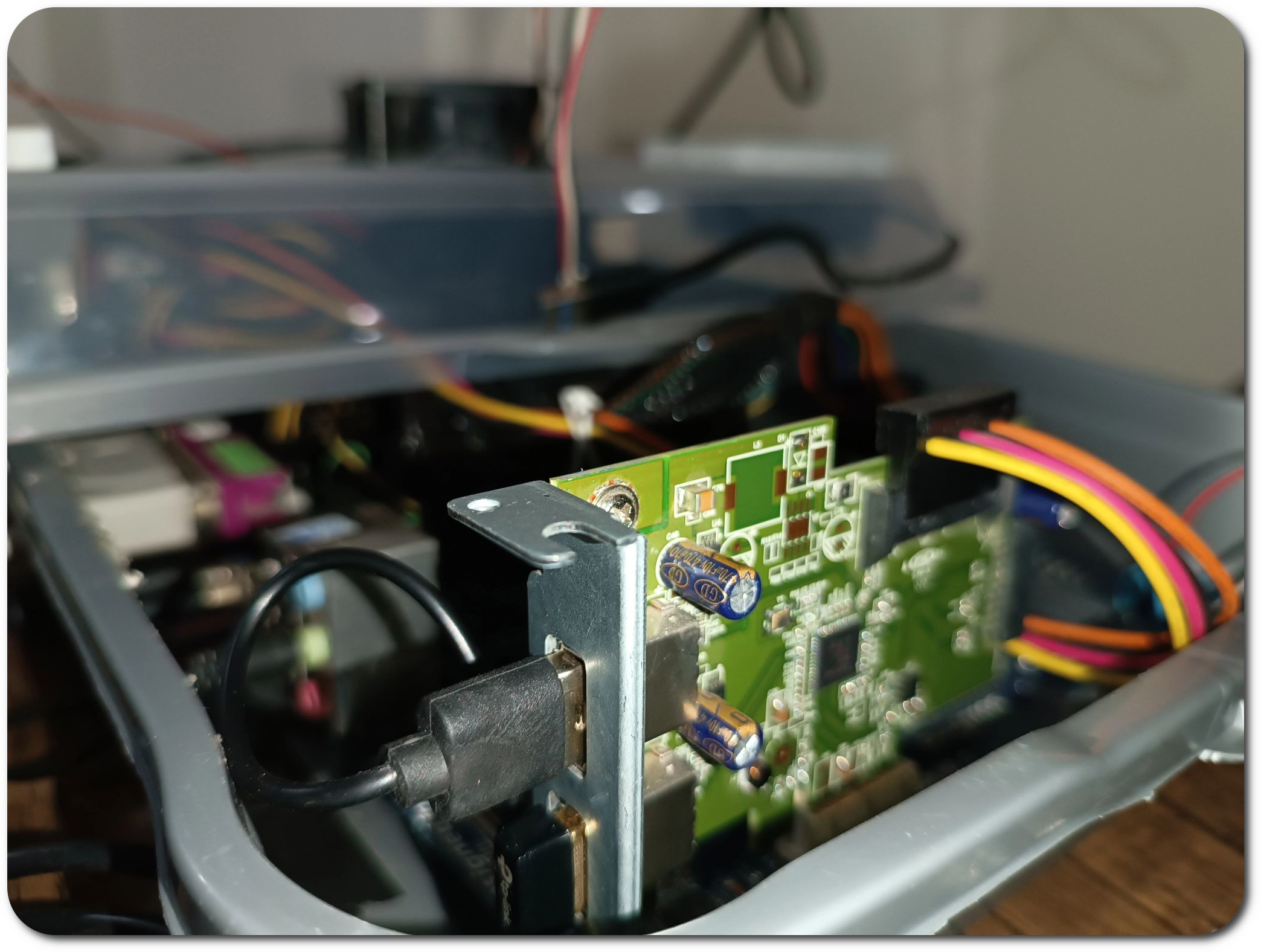Binary Decoders
Created by Pavly G.
Binary decoders are combinatorial logic circuits in which a group of inputs (n) can control the logic state of a group of outputs (m); where (n) is the number of inputs and (m) is the number of outputs such that (m <= 2^n).
Binary decoders can be constructed from: 1) NOT Gates (inverters). 2) Central data-lines. 3) AND (for active “HIGH” output) or NAND (for active “LOW” outputs) Gates.
This is a basic circuit of a 2-to-4 binary decoder:
The truth table of this circuit can be displayed as follows:
| A | B | Q0 | Q1 | Q2 | Q3 |
|---|---|---|---|---|---|
| 0 | 0 | 1 | 0 | 0 | 0 |
| 0 | 1 | 0 | 1 | 0 | 0 |
| 1 | 0 | 0 | 0 | 1 | 0 |
| 1 | 1 | 0 | 0 | 0 | 1 |
Usages of binary decoders: 1) Selectively activates and de-activates chips based on a provided address. 2) Controlling high voltage circuits by activitating and de-activating them through a transistor circuit. 3) Data routing in memory chips programming.
The 74LS138 Binary Decoder is one of the most useful 3-to-8 binary decoders that is used as Address Decoders.
Cracking the 74LS138 Datasheet
74LS138 is a 3-to-8 binary decoder/demultiplexer with 3 enable input lines.
This is the internal circuitry for 74LS138 Binary Decoder:
| Connection Diagram | Logic Diagram |
|---|---|
The main components of 74LS138 are Inverters and NAND Gates, other parts of construction are constructed using common data-lines.
The combinatoric digital circuit shows that 3-input data lines can be decoded into 8-output data lines, by inserting common data-lines (marked by green) before and after (marked by red triangles) the inverter gates reducing the need to use more input lines.
The DM74LS138 decodes one-of-eight lines, based upon the conditions at the three binary select inputs and the three enable inputs.
Note: The DM74LS138 decodes one-of-eight lines, based upon the conditions at the three binary select inputs and the three enable inputs.
Note: The DM74LS139 comprises two separate two-line-to-four- line decoders in a single package. The active-low enable input can be used as a data line in demultiplexing applications.
Examples on decoding addresses:
The following circuit is a (4k x 8) memory chip with 12 Address pins (A0-A11) representing (2^12) corresponding memory locations with 8 data pins (D0-D7) indicating input/output of 8-bits for the selected memory location, the MSB (Most Significant Bits) A12-A13-A14 selects this memory chip among others by bringing the CS to active LOW:
Color codes: 1) Green Data lines: represents the MSBs of the memory address, these bits define which memory chip will be selected. 2) Light-Red Data lines: represents Address Data lines, these bits define which memory location will be involved in the I/O operation when this chip is selected. 3) Dark-Red Data lines: represents I/O data lines, 8 I/O pins corresponding to a parallel input of 8-bits for the currently active memory location in this memory chip.
The total storage (4k x 8) bits can be calculated using the following equation: 2^12 Memory Locations (A0-A11) x 8-bits for each = 4K x 8 bits.
Constructing Boolean Functions
Boolean functions can be constructed using additional logic gates on the output side of decoders, for example:
This circuit corresponds to this boolean function:
Cascading Decoder Circuits
Cascading decoders aims at magnifying the number of input lines for a desired decoder with some available stock decoders.
For example, it’s possible to construct a 4-to-16 binary decoder with a 3-to-8 binary decoder by introducing 2 binary decoders, the number of the 3-to-8 binary decoders to utilize in this circuit can be calculated using this equation:
2^(N-n); where [N] is the number of input lines of the desired decoder (the 4-to-16 decoder) and [n] is the number of the input lines of the available decoder (the 3-to-8 decoder).
Here is the circuit diagram of the cascade construction:
This logic circuit will have up-to (2^4) or 16 different combinational inputs that will be decoded into 16-bits of output, the (D) input line selects which decoder will be activated, (0) to select the first decoder aka. the least significant decoder for the least significant 8-bits, while the (1) input at (D) selects the second decoder aka. the most significant decoder for the most significant 8-bits.
Resources:
Our Features


Distributed Simulation
An overview of distributed simulation systems.

NASA DSES Project
Insights into the Distributed Space Exploration Simulation System project of NASA.

Educational Applications
How educational institutions can benefit from simulation systems.

Scalable Solutions
Implementing scalable solutions for various needs.
Contacts:
Name
Pavly Gerges
pepogerges33@gmail.com
Tel
Address
Egypt, Cairo